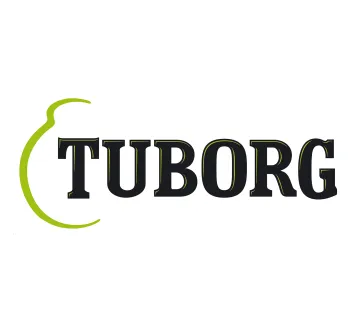

While the Normans mention cervisae (ale) and plena cervisia (full bodied ale) in the Domesday Book.īy the 1400s brewers in Germany and the Low Countries were using hops to flavour and preserve their ale - this new style of ale was called beer. Pliny the Elder in his Naturalis Historia wrote about Celts brewing ale "in Gaul and Spain in a number of different ways, and under a number of different names although the principle is the same." (A surprisingly modern post-BJCP view which a number of people empathise with.) Anglo-Saxon laws reveal they identified three different ales. In addition, the work of Bedrich Hrozny on translating Assyrian merchants’ tablets found in Hattusa, revealed that approximately 500 years later the Hittites had over 15 different types of beer.ĭocuments in various countries over the years reveal comments on different local brewing methods or ingredients. The Alulu Tablet - a receipt for "best" ale found in Ur - shows that even in 2050 BC there was a differentiation between at least two different types or qualities of ale. The history of beer style is the history of beer itself. It wasn’t until Michael Jackson published The World Guide To Beer in 1977, with its more encompassing approach and general appeal, that the modern theory of beer style took hold of the public imagination.
#The pilsner beer originated in this european country series
However, both of these writers used the term "beer style" and started to differentiate and categorise beers by various factors such as colour, strength, ingredients, recipe, production method, origin or local name.Īlthough Eckhardt published his A Treatise on Lager Styles back in 1969, that book was - as the title indicates - focused on lager and was a series of recipes for homebrewers.

Not that people hadn’t noticed before - indeed, from the earliest records of beer, we have different types of beer being noted. The first modern people to seriously notice were ^^lt$$a href $$Fred Eckhardt^^lt$$/a^^gt$$ and Michael Jackson. It seems that beer is more than just beer, because some beers are different. And going even further with complicated debates about the point at which a beer stops being a mild and becomes a stout or a porter. And then throwing around words such as stout and lambic and IPA. Isn’t it? Well, it is until people start talking about ale and lager and pilsner.


 0 kommentar(er)
0 kommentar(er)
